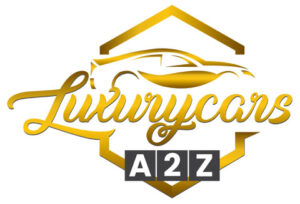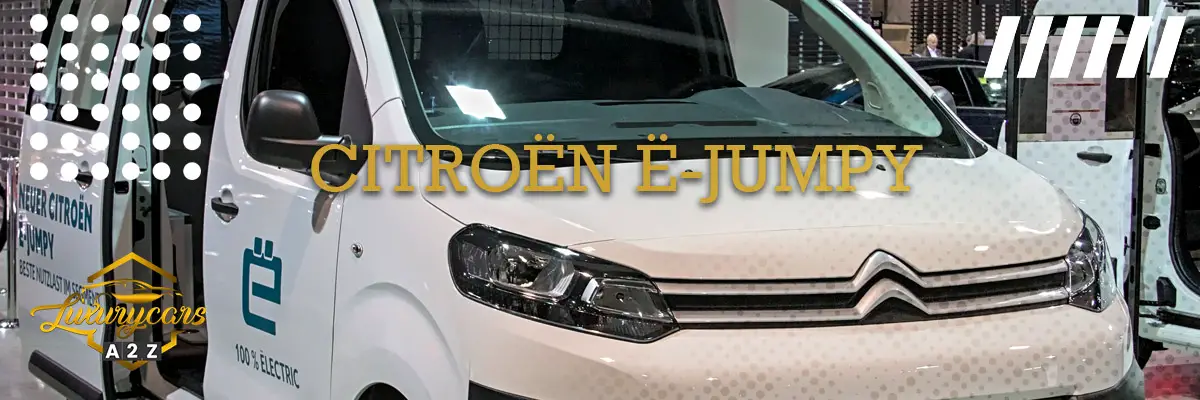The Citroën ë-Jumpy (ë-Dispatch) is a fully electric van designed to offer you all the space and functionality you’d come to expect from a van with the added benefit of not polluting the environment. The ë-Jumpy uses a fairly well-known platform used for many Stellantis-based cars such as its main rivals.
In this article, we are going to go in depth about all the common problems with Citroën ë-Jumpy and tell you what you need to look out for if you are in the market for one of these. Before we do so, we ought to mention that the ë-Jumpy is still too fresh for us to make a proper assessment of its long-term reliability, but there is enough data out there so we can make an educated guess.
For starters, the ë-Jumpy seems to be suffering from certain issues associated with the car’s charging system and other main/secondary electricals. Some models are known for experiencing equipment-related issues, issues with the airbags, and issues with the maximum available range.
All in all, the ë-Jumpy is a much more reliable van when compared to all of its combustion engine counterparts as EVs generally tend to be less problematic. As such, you can expect the ë-Jumpy to be a good long-term vehicle that isn’t going to leave you stranded.
Citroën ë-Jumpy – Charging and Electric issues
Many modern-day electric vehicles tend to suffer from various charging system-related issues these days and the ë-Jumpy is no different. A few owners complained about the intermittent loss of power which can usually be solved by simply restarting the car. However, if issues such as these happen while on the highway, they can be rather dangerous.
The most prominent charging system-related issue with the ë-Jumpy is one where the charger refuses to take advantage of the maximum allowable fast-charging rate. In addition to that, the charger experience becomes much less exciting when you encounter cold weather which can lower the charging output by quite some margin.
Citroën ë-Jumpy – Equipment issues
The Citroën ë-Jumpy is designed for both commercial and private use which means that it is often used by businesses and private individuals. The sliding doors on the side of the ë-Jumpy make it a lot easier to live with because you don’t have to load cargo exclusively through the back. However, the sliding door catch/latch can sometimes fail which renders the doors completely useless.
Other equipment issues include problems with the central locking mechanism as Citroën is known to use rather fragile wires and clips that can break really easily. The A/C is not free of faults either which means that you will sometimes not be able to heat up or cool down your cabin quickly and effectively. All in all, there are quite a few equipment issues with the ë-Jumpy, but they are usually easy to fix.
Citroën ë-Jumpy – Airbag issues
Airbag-related issues are some of the most common issues on all modern-day cars because cars these days come with loads of them. Because these are mandated by virtually all governments around the world, any issues with them are likely to be made fairly public. The ë-Jumpy is no stranger to airbag issues which is why Citroën recalled quite a few Citroën models due to airbag-related issues, including the Jumpy.
Either way, be sure to pay close attention to any active recalls that might be affecting your car which means giving your dealership a call is a must. This is because recalls tend to be free of charge and they will take care of some really important safety aspects of your car, and no other safety part is as important as the airbag.
Citroën ë-Jumpy – Issues with maximum range
The Citroën ë-Jumpy comes with two battery sizes, a smaller 50kWh battery, and a larger 75kWh battery, and the maximum range of the big battery model is around 260km. However, if you encounter cold weather, you can expect this maximum range to dwindle by up to 20-40% in some instances which is quite a lot.
Furthermore, if you also pack your ë-Jumpy filled with people and cargo, your maximum range is going to be reduced even more. This is not something most EV owners are ready to talk about, but having less than 150 or 100 kilometers of range out of a full charge is a problem that needs to be addressed, no matter the circumstances.
FAQ Section
Is the Citroën ë-Jumpy worth it?
Well, it depends on what you ask from it. If you are really into electric vans (not many people are), you will probably love the ë-Jumpy as it is one of the best electric vans on the market. These are designed to be used by urban city commuters and if you have a charging socket in your garage, buying the ë-Jumpy makes a lot of sense.
However, if you don’t have regular access to a personal charging socket or you tend to do long-distance journeys primarily, the ë-Jumpy might not be the best car you can buy. No matter what anyone says, if long-distance hauling and driving are what you need, a diesel will still do the trick better than any other engine out there.
Why is Citroën making an electric van?
Believe it or not, Citroën makes more profit from selling commercial vehicles in some markets than they do selling regular passenger vehicles. This means that a big part of the commercial van/MPV market is saturated by existing Citroën models which is also why Citroën decided to come up with an electric van.
The ë-Jumpy/e-Dispatch, the e-SpaceTourer, and the e-Berlingo are all vehicles that are commonly being used both for private and commercial use, all of which are also exclusively available as electric cars.
Are electric vans better than combustion engine vans?
Electric vans cost more money outright, but as fleet vehicles, they can save you quite a bit of money. Electric vans ought to be more reliable, but they do cost more to fix if they go wrong. Electric vans are great for inner-city driving but are much worse when it comes to long-distance driving.
As such, the answer to this question boils down to what you value more and if you can make the most out of an electric powertrain.

